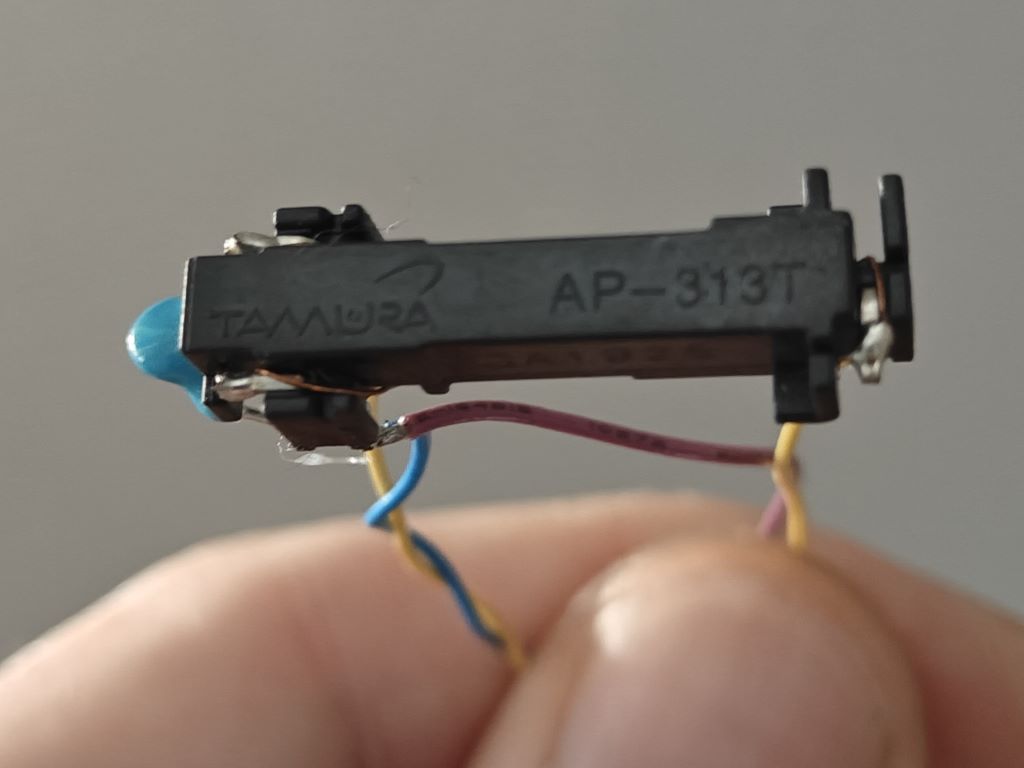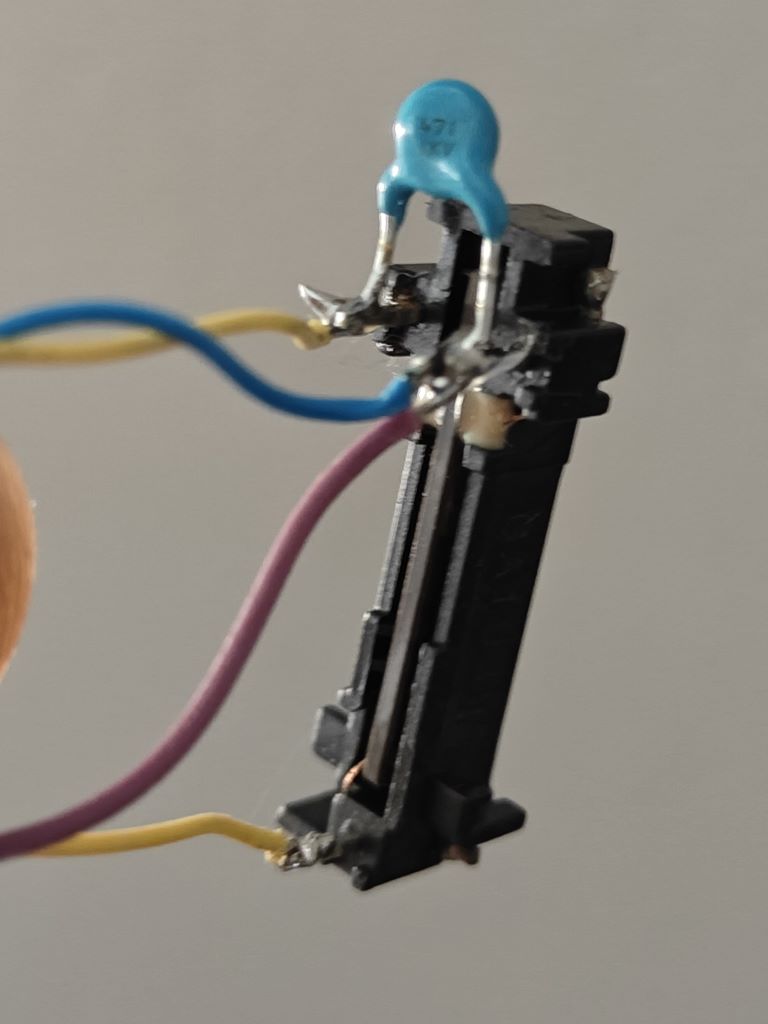Hi folks
I left on this idea a little provoked by Joel's Peg cell. I was thinking about his reasoning when he started building this little Peg named source to break the dipole. I think he managed to get this cell with a very high internal resistance(I hope I'm not wrong about that) I took the information more on the fly, without documenting the information very well.
So I thought of a simpler variant which is the one I'll show you right away.
I sincerely hope I can have time to develop this attempt which constructively is completely different from the Peg cell, but would have the same goal. I repeat... I hope I'm not wrong in my judgment. It can also be an interesting topic to approach. We will see...
Good day to all. realco.





